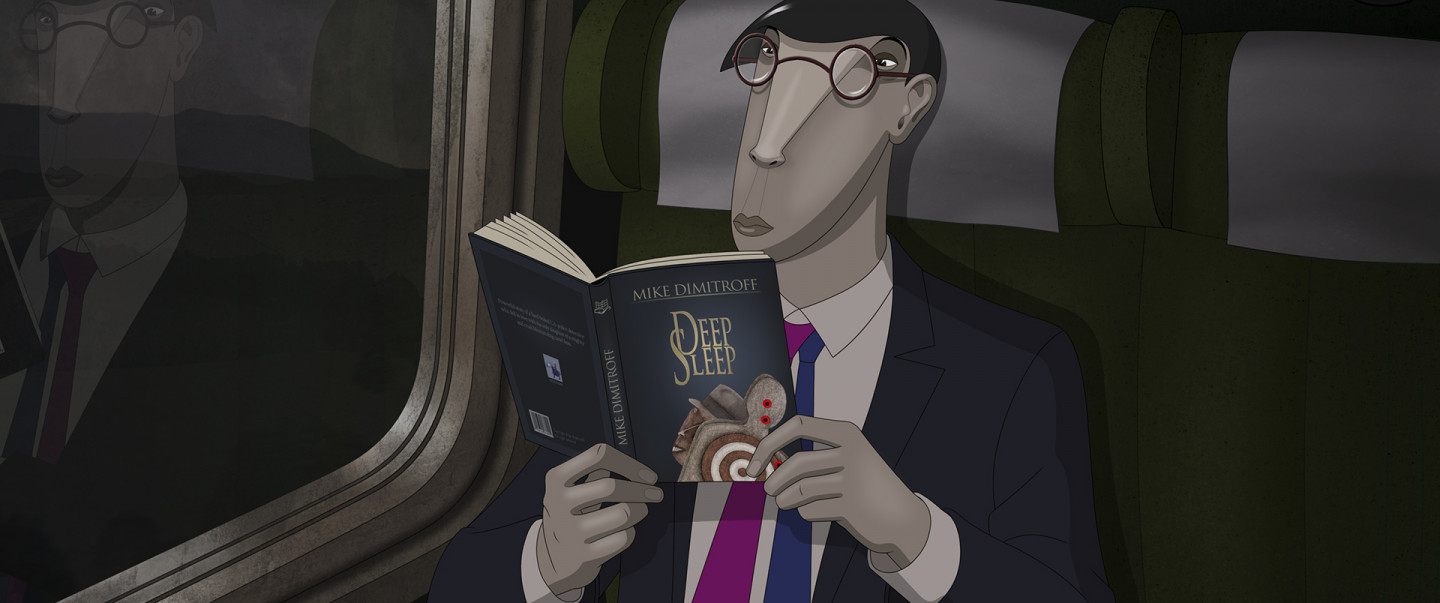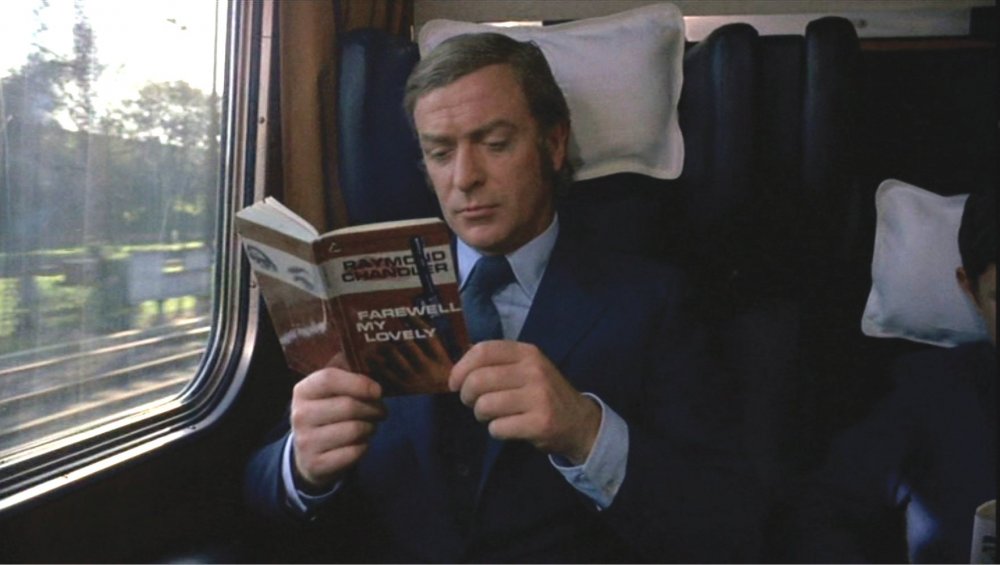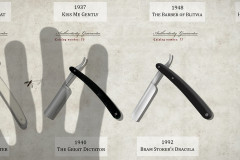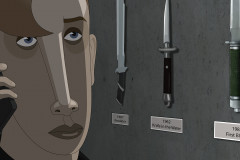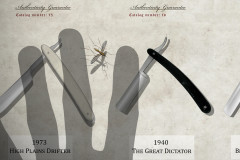„Get Carter, before Carter gets you!” (Kapd el Cartert, mielőtt ő kap el téged!) Mint minden bosszúfilm, az Öld meg Cartert! is egy fájdalmas veszteség utáni bosszúállásról szól, ahol a bosszúálló diadalmaskodik ugyan, de a bosszú bevégzése után már neki sincsen hova tovább. A főszereplő egy gengszter, aki hazatér; egy gyilkos, aki átéli, hogy milyen az, ha neki ölik meg valakijét.
Jack Carter egy Newcastle-i bérgyilkos. Minden szépen alakul: már Londonban dolgozik, és viszonya van a főnöke nőjével, amikor egyszer csak hírt kap, hogy a testvére autóbalesetben meghalt. Hazautazik Newcastle-be, és gyanakodni kezd, hogy nem baleset történt, hanem gyilkosság. Az otthon hagyott magánéletén túl a helyi alvilág és a tisztes polgárok rejtegetnivalóiba is belekeveredik. Kíméletlen leszámolásba kezd, de ő sem fogja többé elhagyni Newcastle-t.
A film a vonatkupéban olvasó főszereplővel kezdődik. A vonat alagútból alagútba fut be, mintha egyik sötét titokból érne a másikba, újra és újra kiszakítva a nézőt a napfényes, hétköznapi világból. Talán nem is emlékszünk majd erre a film végén, de a legelső jelenetben már ott ül a kupéban a főszereplővel szemben egy ártatlanul olvasgató férfi, aki majd a végzete lesz. Nem véletlen, hogy ez a sorsszerűséget sugalló jelenet a Ruben Brandt, a gyűjtő elején is visszatér.
Az Öld meg Cartert! forgatókönyve Ted Lewis Jack's Return Home című regénye alapján készült. A korabeli nézők körében nem volt egyértelműen sikeres a film – túl hideg és kemény volt, túl realistán ábrázolta az erőszakot és az észak-angliai társadalmi hátteret. Azóta viszont a legjobb brit gengszterfilmként tartják számon. Az, ahogyan Michael Caine játszott, a látszólagos érzelemmentességével és időnként durva dühkitörésekeivel, stílust teremtett. 2000-ben amerikai remake-je készült a filmnek, Silvester Stallone főszereplésével. Érdekes csavar, hogy Michael Caine ebben a változatban is játszik.
Get Carter (dir. Mike Hodges, 1971)
“Get Carter, before Carter gets you!” Like every revenge film, Get Carter is about the aftermath of a painful loss—revenge carried out with cold determination. The avenger may succeed, but once vengeance is complete, there’s nowhere left to go. In this case, the avenger is a gangster returning home; a killer who experiences what it’s like to have someone he loves taken from him.
Jack Carter is a hitman from Newcastle. Life is going well—he’s working in London and having an affair with his boss’s girlfriend—when he receives news that his brother has died in a car accident. Returning to Newcastle for the funeral, Carter starts to suspect it wasn’t an accident but a murder. He dives into a world of secrets: not only his estranged personal past, but also the shady dealings of local gangsters and supposedly upstanding citizens. His path of ruthless revenge quickly spirals, and by the end, Carter himself won’t leave Newcastle either.
The film begins in a train compartment, with Carter reading. The train glides from tunnel to tunnel—symbolically moving from one dark secret to another, pulling the viewer ever deeper from the daylight of ordinary life. Though we may not remember it by the end, sitting across from Carter in that opening scene is a quiet man reading—his future executioner. That sense of fate is no accident, and the scene resurfaces at the beginning of Ruben Brandt, Collector as a visual echo.
The screenplay is based on Jack’s Return Home, a novel by Ted Lewis. At the time of its release, the film was controversial—many viewers found it too cold, too brutal, too raw in its depiction of violence and Northern England’s gritty reality. But in the years since, Get Carter has come to be regarded as the greatest British gangster film ever made. Michael Caine’s performance—emotionally flat on the surface but punctuated by violent outbursts—set a new standard for the genre.
A 2000 American remake starred Sylvester Stallone—and in an ironic twist, Michael Caine also appeared in that version, closing the loop on a story about vengeance that never quite ends.






